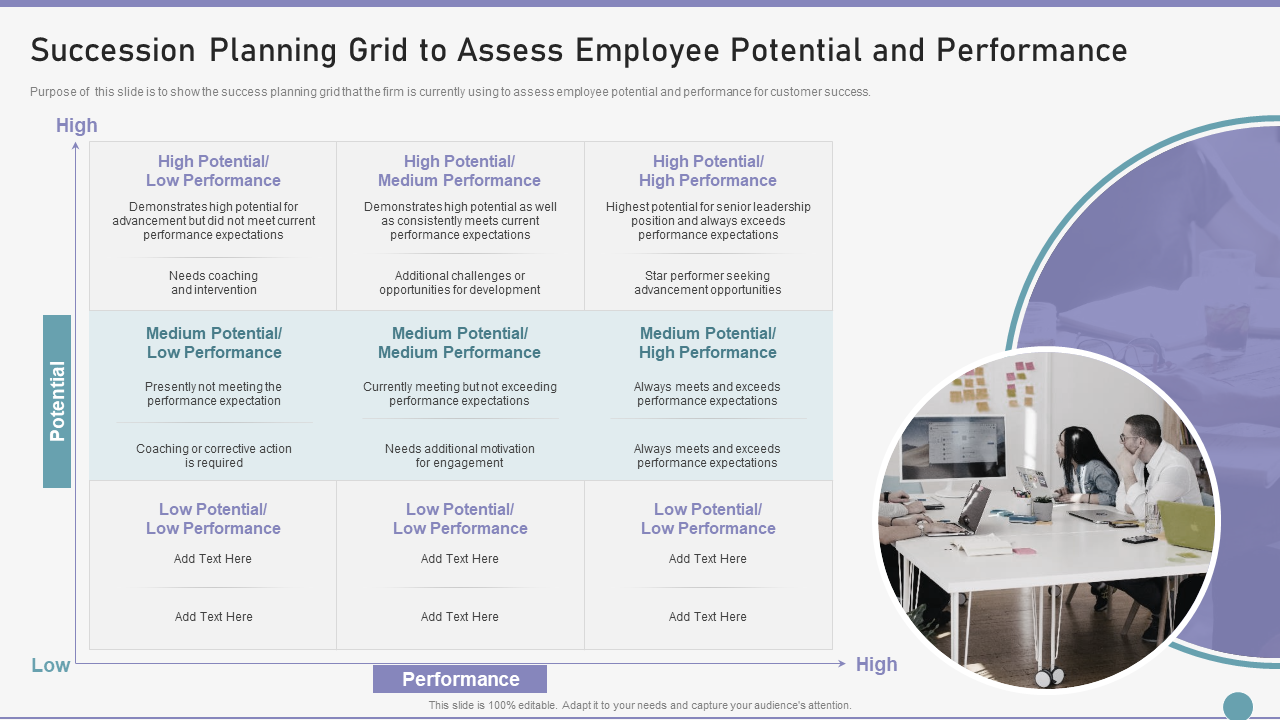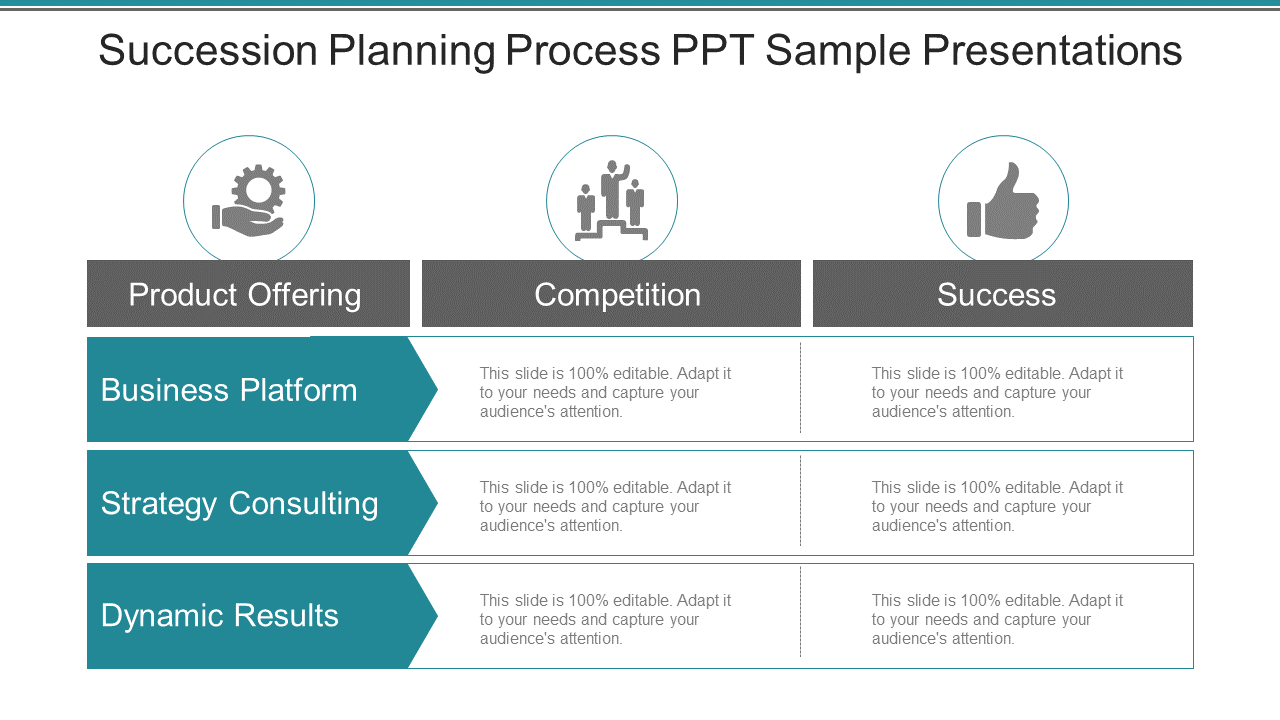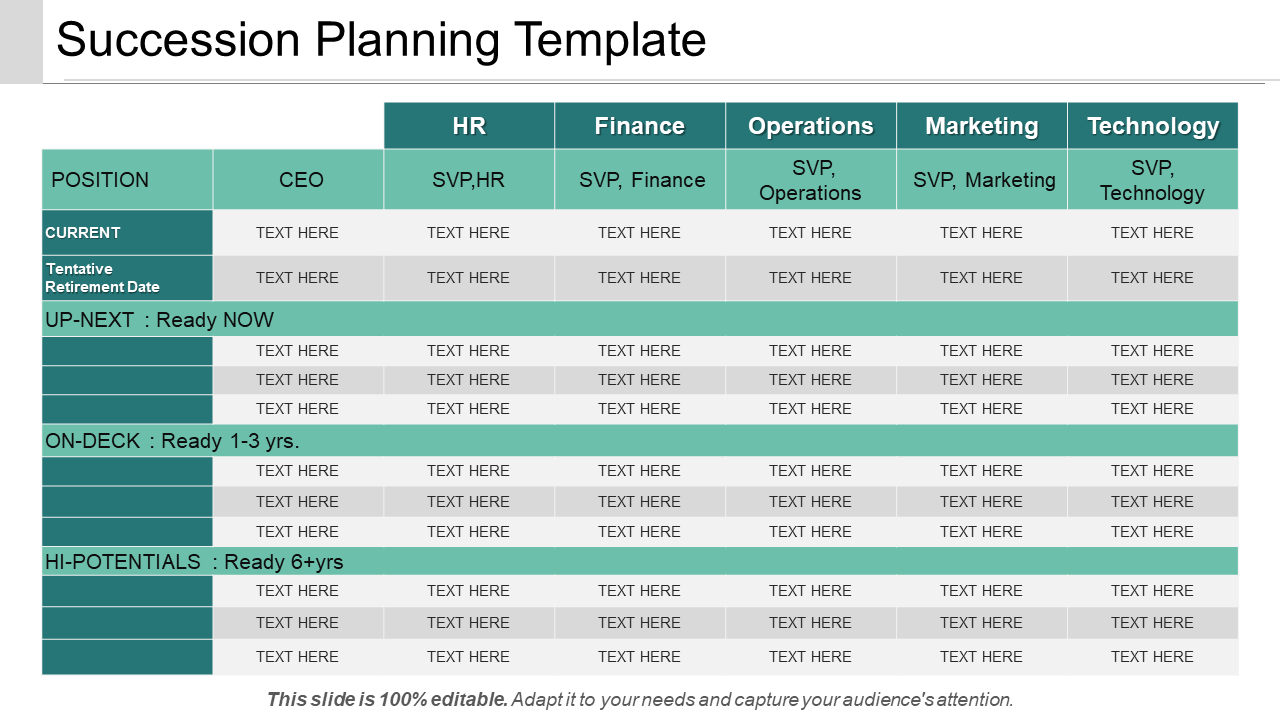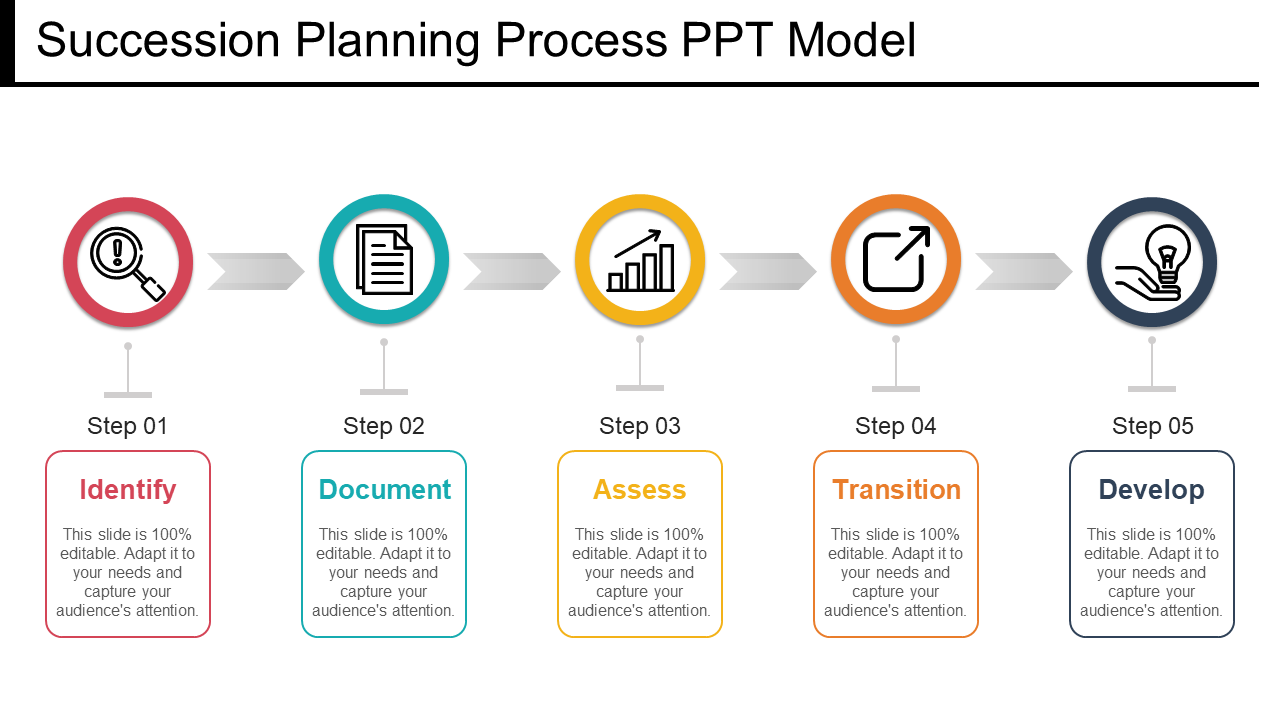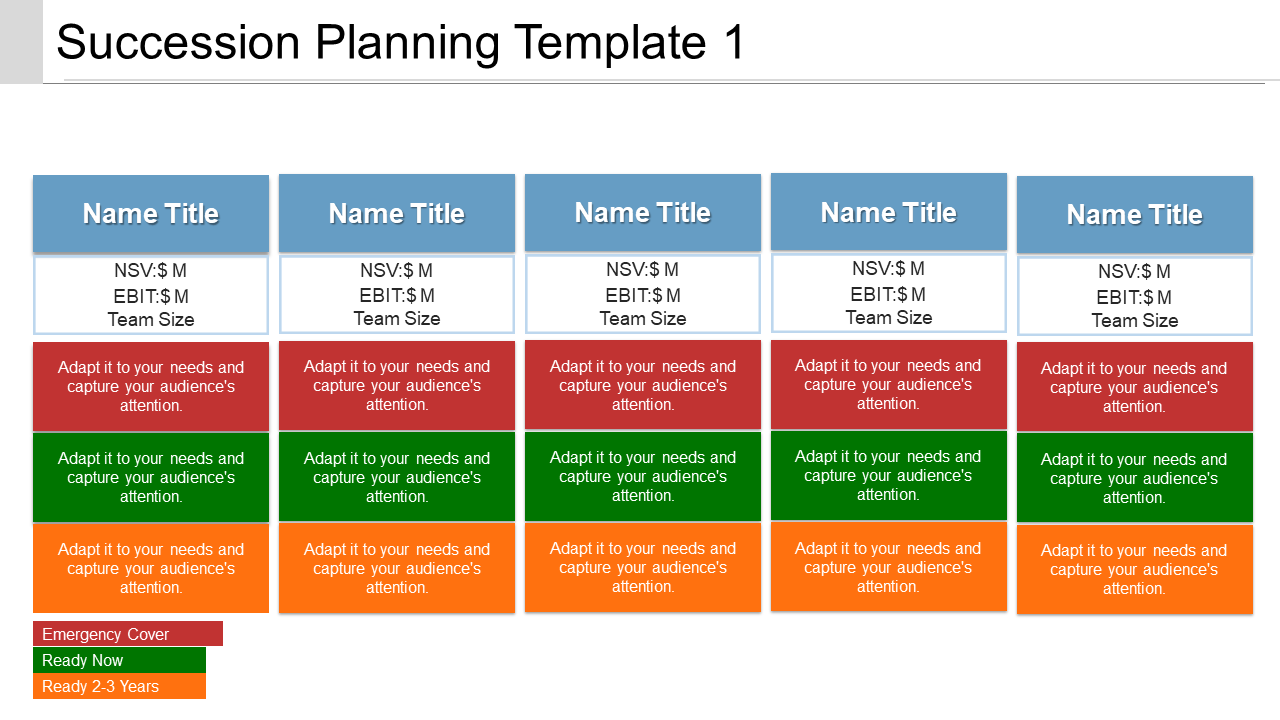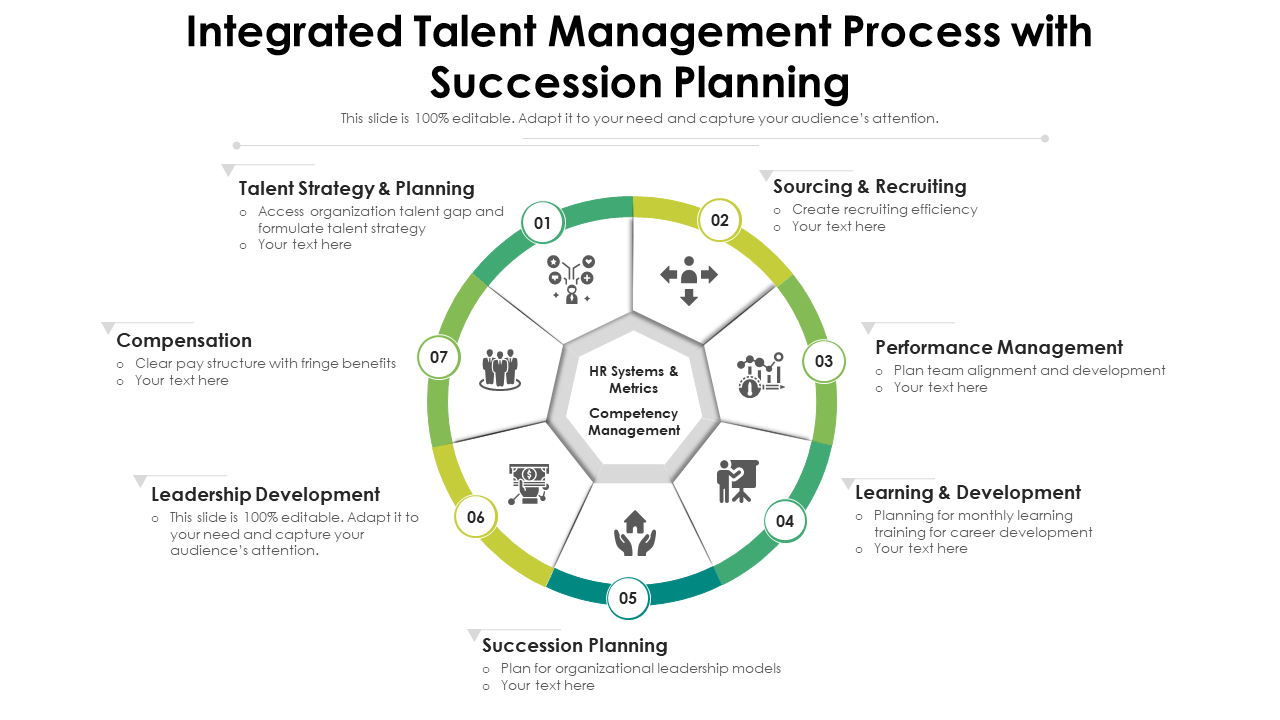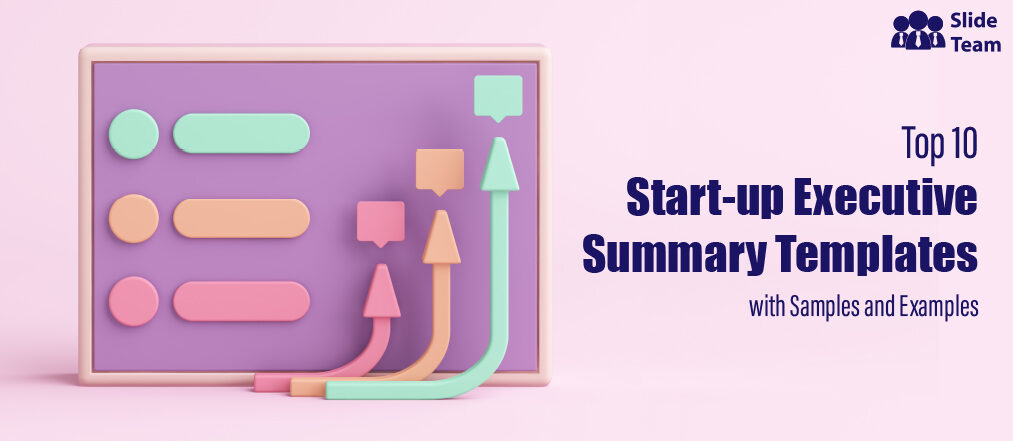The succession planning process involves identifying critical positions within your company and developing processes and action plans to fill those positions. By adopting a comprehensive approach to both present and future objectives, this type of planning ensures you have the right people doing the right jobs, both now, and in the foreseeable future (at least five years or more).
By engaging in long-term succession planning, organizations can increase their competence and market relevance. The uncertainty of business environment or political vacuums are not unduly worrying for firms that have a firm succession planning process in place. This happens as there is no time lag in continuity at the top; such businesses have already documented and developed ways to map personnel with the necessary skills and knowledge to the critical job positions and roles to ensure business continuity.
An analogy to business succession planning is observed in the field of sports or even in politics (to a degree).
If a star player or a captain retires, the team cannot be allowed to fall off the cliff of high-performance; the wins have to keep rolling in, hence the need for an equally competent successor, without delay or hesitation. This is why organizations use succession planning to ensure they are prepared for the future.
Succession planning emphasizes leadership development, which can take time and money, but it is always wise to develop bench players, as well, to step up and take on a more critical role in the future.
There should be a succession strategy in place for every firm. Succession planning is a must for three scenarios. These are:
1. Technical leadership roles
If you must fill a leadership role requiring technical abilities, replacing a technician with years of experience in specialized software can be challenging. To plug this eventuality, include a buffer in the recruiting process to ensure the right candidate can be trained and developed.
2. Senior executive roles
As senior executives approach retirement, succession planning is critical. The earliest possible start to this process is necessary to find and train the ideal applicant for the job, again a process that takes years.
3. Family-owned businesses
It is essential to have a documented succession plan for your family-owned company rather than relying on informal or verbal succession arrangements.
With this primer on how to ensure you have no business uncertainty as to the future in terms of the top guys, here’s SlideTeam’s top 10 succession plan example templates to help you ensure you can offer the best solutions to your clients, the top management if you work as HR head, or a business owner.
These templates are 100% editable and customizable, but the given framework is an apt fit for all your needs. Just key in your own data and the job is half-done. Now, just find the right guy and add to the template.
Let’s explore these best-in-class now.
Template 1: Business Succession Planning PowerPoint Presentation Slides
This PPT Template allows you to incorporate and understand aspects, such as critical position, planning metrics, employee competency, risk of loss, and many more. Use this talent and career planning presentation template to ensure stakeholders realize the importance of succession planning. Also, brand yourself as a clear leader in resolving obstacles to succession and career planning with the deployment of this template.
Template 2: Succession Planning PowerPoint Presentation Slides
Use this template to plan your talent needs, budget, and the potential to develop new skills. Make strong and purposeful succession planning to identify management needs of your business and lead it to success. Download this impactful template to understand the areas where you need to step in to ensure smoother succession planning and clear impediments to it.
Template 3: High Potential Employee Succession Planning PPT Presentation Slides
Create a report for every working individual to analyze their performance using this high-potential succession planning template. Incorporate visuals to demonstrate ways to create career opportunities and raise your company's productivity. Download this template now and get an outstanding succession planning PPT, complete in all respects. Alongside, for planning best talent management, click on our SlideTeam’s blog featuring the best talent management templates.
Template 4: Customer Success Playbook Succession Planning Grid to assess employees
Use this outstanding succession planning PPT presentation template to assess your employees’ performance. The aim is to see who can fit in the bill for that steep move up the ladder, when needed. A sit-in through this presentation helps employers understand which employees need improvements and in what areas. Download it now to generate better performance and motivate employees.
Template 5: Succession Planning Process PPT Sample Presentation
Want to create a perfect succession plan? Download this Succession planning Process PPT Sample Template to generate a step-by-step plan. Demonstrate the level of competition and success at levels such as business platforms and strategy consulting. The aim is to ensure that the mapping of the personnel to the job role is perfect, and is akin to a round peg in a round hole, and so on.
Template 6: Succession Planning Template PPT Sample Download
If you plan to pass the leadership to another employee or a group of employees, you need to have a well-defined, clear structural guideline manual in place. Using this template, you can provide details on what job roles or responsibilities a particular employee will take over, when, and how much time the transition will take. Download this template now and create that perfect and strategic succession planning. Use this template to also showcase your preparedness for succession planning, as this actionable presentation divides potential candidates into UP-NEXT, ON-DECK and HI-POTENTIALS.
Template 7: Succession Planning Process PPT Model
With this Succession Planning Process PPT Model, you can aim at creating continued smooth leadership for your organization, and it includes key aspects of replacement planning. Download now to help your company stay ahead, with crystal-clear processes on the leadership issue.
Template 8: Succession Planning PPT Presentation Examples
Use this Succession Planning PPT Presentation to improve your business model. This template allows you to identify the ideal leader for your organization to meet target goals. The USP here is the team-wise segmentation that this design provides. Download and get going with this extraordinary template.
Template 9: Integrated Talent Management Process with Succession Planning
Create the perfect succession plan using this PPT Template, which gives you the design to do this, completely and successfully, in seven process stages. Using this presentation template, highlight talent strategy & planning, leadership development, performance management, and other vital aspects. Download now and take full advantage of this template.
Template 10: Key Best-Practices For Succession Planning Model
Our PPT Template will help you demonstrate the four key elements: planning, developing, monitoring, and reviewing in succession planning. Evaluate your employee’s performance and build strategic organizational planning and management. Assessment of key talent is one rea where this listing of best-practices will make you a star, as you present this template before your audience.
Bottom Line
Succession planning is an essential process for any organization. This ensures that businesses can continue their mission and operation without disruption. It involves creating a plan for identifying, training, and designing potential successors to key leadership positions over time and assessing and developing current employees, for future leadership roles.
These customizable templates provide you the structure, the format and even offer the flexibility to present this powerful idea into a simple PowerPoint format. Just to reiterate, the customizable nature of the templates is a bonus, which is what makes these really yours. Your savings in time and money are humungous, if you give these templates a chance to augment your already-rich knowledge base.
FAQs on Succession Plans
What is the purpose of succession planning?
Succession planning aims to prepare for any staffing and leadership needs that may arise due to retirement or other events. This process is broken down into steps such as creating a succession planning model chart and selecting one or more successors for critical roles. Once successors are identified, they should be trained for their next-level roles.
What are the five steps in succession planning?
STEP 1: Identify Key Positions and Areas
STEP 2: Determine Capabilities for Important Positions and Areas
STEP 3: Determine each chosen employee’s competency and assessment grid and evaluate them against the needed competencies.
STEP 4: Create and implement plans for transferring knowledge
STEP 5: Design the effectiveness and succession plant flowchart.
What is succession planning as an example?
The best example of succession planning is:
● IBM
An example of internal succession planning is Virginia Rometty's appointment as the CEO of IBM in 2012. Because Rometty fit in with the company's culture and had access to professional development programs, she was able to develop and ultimately become IBM’s first female CEO, after having risen through the ranks.
What are the four stages of succession planning?
- Establishing Goals and Objectives: This involves identifying the organization’s current and future needs and developing a plan to meet them.
- Identification of Potential Successors: This stage involves researching potential successors and assessing their skills and abilities to meet the organization’s needs.
- Preparation and Development: This stage involves providing training and development opportunities for potential successors, such as mentoring and coaching, to prepare them for the additional responsibilities.
- Transition and Implementation: This stage involves the actual operationalization of the succession plan, including the selection of the successor, the communication of the change to the organization, and the integration of the new person into the organization.


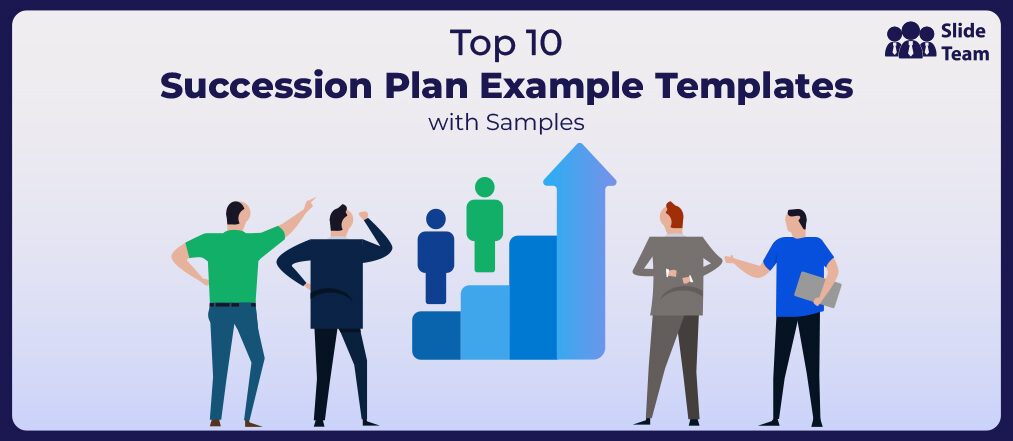


 Customer Reviews
Customer Reviews




